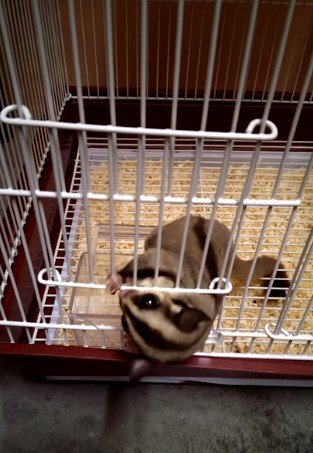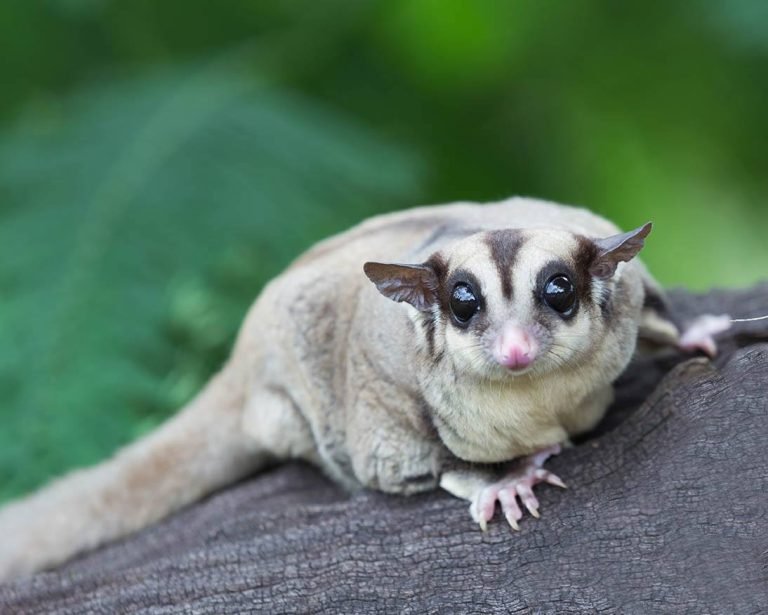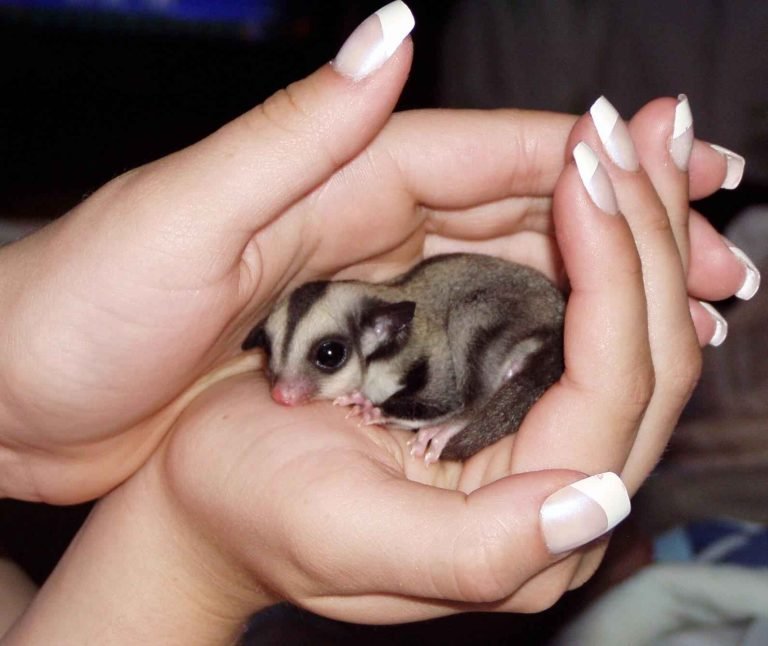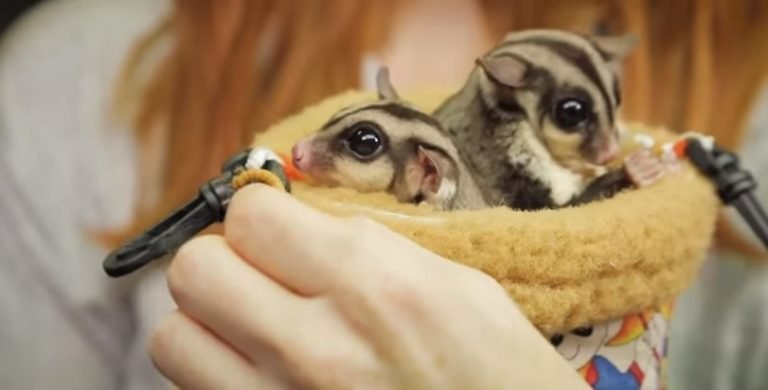Do Sugar Gliders Need A Cage
Do Sugar Gliders Need a Cage?
If you are considering getting a sugar glider as a pet, one of the first questions you might have is whether or not they need a cage. The answer is yes, sugar gliders do need a cage. While they are small and agile creatures that love to climb and glide, they still require a safe and secure space that can meet their needs. It is important to provide them with an environment where they can feel comfortable and have plenty of room to move around.
Creating the Perfect Sugar Glider Home
When setting up a cage for your sugar glider, there are several things to consider to ensure their well-being and happiness:
Size of the Cage: Giving Them Room to Roam
Sugar gliders are active animals that need ample space to move around. The cage should be big enough to accommodate their natural behaviors, such as climbing, gliding, and exploring. A minimum size for a sugar glider cage is 24 inches wide, 24 inches deep, and 36 inches tall. However, the more space you can provide, the better. Multi-level cages with ramps and perches are ideal, as they mimic their natural habitat.

Security and Escape-Proofing: Keeping Them Safe
Sugar gliders are incredibly intelligent and have dexterous paws, which means they can open doors and escape if the cage is not secure enough. It is crucial to choose a cage with tightly-spaced bars to prevent them from squeezing through or getting their heads stuck. Additionally, make sure all openings, doors, and latches are secure and cannot be accessed by their clever little paws.
Comfort and Enrichment: Creating a Stimulating Environment
Sugar gliders are highly social and active creatures. They require mental stimulation, toys, and activities to keep them engaged and prevent boredom. The cage should include items such as branches, perches, ropes, and ladders for climbing and gliding. Providing hiding spots, pouches, and hammocks will give them cozy places to rest and sleep during the day when they are not nocturnally active. Adding toys that can be chewed, swung on, or manipulated will help keep them mentally stimulated.
Cage Placement: Choosing the Right Location
The location of the sugar glider’s cage is important for their well-being. Place the cage in a quiet, draft-free area away from direct sunlight and extreme temperatures. Sugar gliders are sensitive to temperature changes, so it is best to keep them in a temperature-controlled environment. Since they are highly social animals, consider placing the cage in a room where they can still see and interact with the family, but away from any other pets that may cause stress.
Frequently Asked Questions
Now that we have covered the basics of sugar glider cages, let’s address some commonly asked questions:
Q: Can sugar gliders be kept without a cage?
A: While sugar gliders are small and have the ability to glide, it is not recommended to keep them without a cage. They still need a controlled and safe environment for their well-being. A cage provides a designated space where they can feel secure and have their needs met.
Q: How often should I clean the sugar glider’s cage?
A: Sugar gliders are relatively clean animals, but their cage should still be cleaned regularly to maintain a hygienic environment. Spot clean daily by removing any droppings or soiled bedding. A deep cleaning should be done weekly, where you remove all items, wash them, and thoroughly disinfect the cage.
Q: Can sugar gliders live in a wire cage?
A: A wire cage is a suitable option for a sugar glider, as long as the wire spacing is appropriate to prevent them from escaping. Make sure to choose a cage with bars that are close together to keep your glider safe and secure.
Final Thoughts
Providing a cage for your sugar glider is essential for their overall well-being. It gives them a safe and secure space to explore, glide, and engage in their natural behaviors. Remember to choose a cage that offers enough room, is escape-proof, and provides stimulation through various enrichment items. By creating the perfect environment for your sugar glider, you are setting the stage for a happy and healthy companion.







